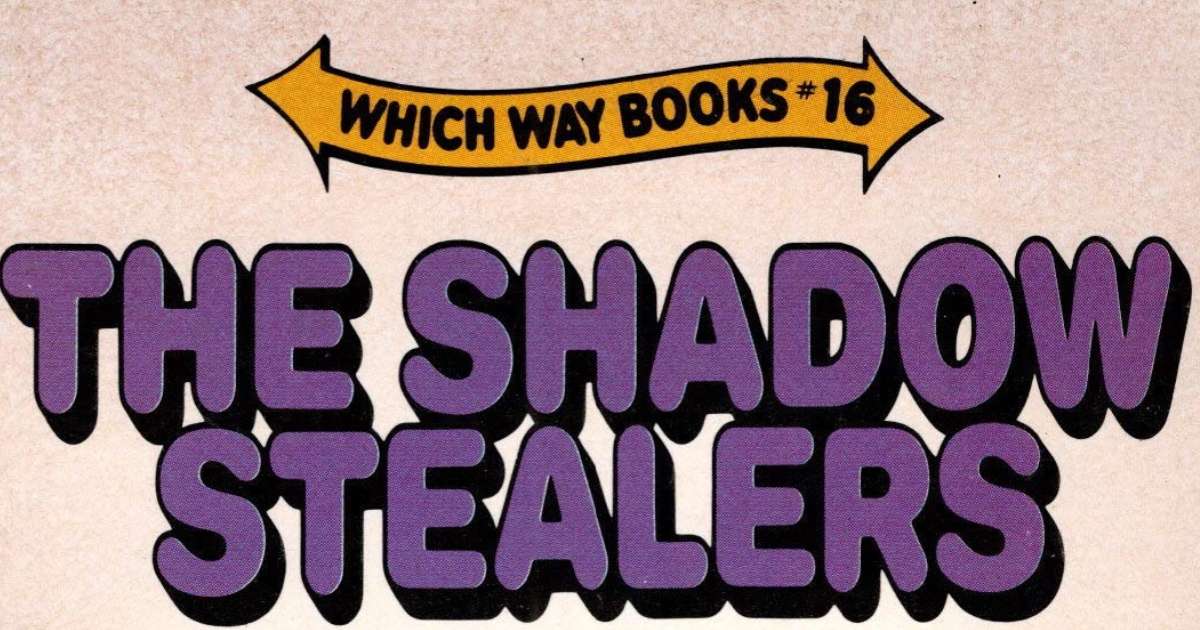Table of Contents
Introduction
"Which Way" books were one of the earliest forms of interactive Choose-Your-Own-Adventure stories for kids. Published in the 1970s and 1980s, these books allowed the reader to make choices that affected the outcome of the story. In this article, we will dissect the "Which Way" books and analyze their structure, characters, plot, themes, and messages.
Background
"Which Way" books were published by Archway Paperbacks, a division of Simon & Schuster, in the 1970s and 1980s. They were one of the earliest forms of interactive books for kids, allowing the reader to make choices that affected the outcome of the story. The books were popular and helped pave the way for the Choose-Your-Own-Adventure genre that would follow.
Book Structure
The structure of the "Which Way" books is similar to that of other Choose-Your-Own-Adventure books. The reader is presented with choices throughout the story that affect the outcome. The choices may lead to different storylines, multiple endings, or dead ends. The books typically have a lot of branching paths, allowing for a unique experience each time the book is read.
Characters
The "Which Way" books feature a variety of characters depending on the specific book. However, the main character is typically the reader themselves, allowing them to immerse themselves in the story and feel like they are part of the adventure. Other characters may include family members, friends, or strangers encountered during the story.
Also read: Analyzing "The Magic Tree House" Series: Adventures Through Time for Kids
Plot Analysis
The plots of the "Which Way" books varied depending on the specific book. However, they typically followed a similar formula. The reader is presented with a problem or adventure and is given choices throughout the story that affect the outcome. The choices may lead to success, failure, or even death. The books typically have multiple endings, encouraging the reader to read the book multiple times to explore all possible outcomes.
Themes and Messages
The "Which Way" books, like other Choose-Your-Own-Adventure books, have themes and messages that can be gleaned from the stories. One of the main messages of the series is the importance of decision-making. The reader is given choices throughout the story that affect the outcome, teaching them that their decisions have consequences. This can help children develop critical thinking and decision-making skills.
Another theme of the series is the power of imagination. The books allow the reader to immerse themselves in the story and feel like they are part of the adventure. This can encourage children to use their imagination and creativity, which is an important skill to develop.
Conclusion
The "Which Way" books were one of the earliest forms of interactive Choose-Your-Own-Adventure stories for kids, paving the way for the genre that would follow. The structure of the books is similar to other Choose-Your-Own-Adventure books, with the reader making choices that affect the outcome of the story. The books typically have multiple endings, allowing for a unique experience each time the book is read. The books also have themes and messages that can be valuable for children, teaching them the importance of decision-making and the power of imagination.
Also read: Choose Your Own Nightmare: A Spooky Interactive Horror Series Analysis
Overall, the "Which Way" books are a classic example of the Choose-Your-Own-Adventure genre and are a must-read for fans of interactive books.
